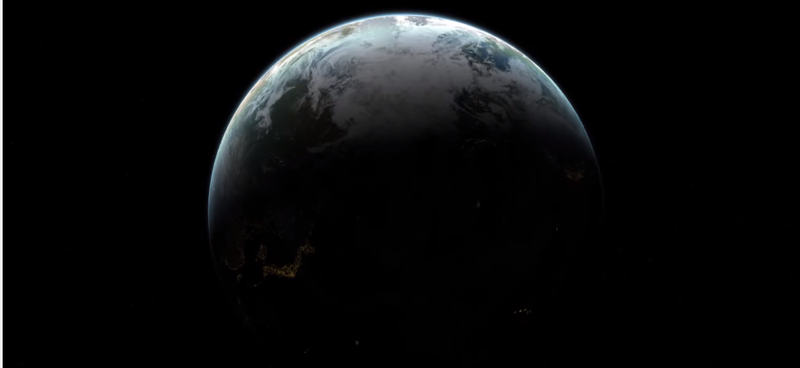Love Thy Planet | Earth is Cool!
Awards & Nominations
Love Thy Planet has received the following awards and nominations. Way to go!
The Challenge | Earth is Cool!
Love Thy Planet
“Love Thy Planet” is an interactive short film celebrating Earth using WebGL and satellite images

Do you remember a time where you fell in love with this planet? It could be a time where you gazed up at the clouds as a child, your the feeling of sand slipping between your toes. Have you ever wanted see more—to see what astronauts and satellites see? What if we could create a similar, meaningful experience with virtual reality (VR) and bring back that same feeling of awe for everyone of all ages?
“Love Thy Planet” is an interactive cinematic experience celebrating the Earth. It was created to remind us about the beauty and uniqueness of our planet and to inspire us to be better in our relationship with each other and the Earth. It was also created to explore virtual reality as a education tool to bring students into an immersive world where the views of Earth are glorious.The words of Carl Sagan reading from his book, "Pale Blue Dot" were an incentive for creating this project, and are displayed in the full short film
This project is a response to the challenge “Earth is Cool!” It explored different methods of glorifying Earth cinematically. The short film used images of Earth from the Apollo and MODIUS satellites, custom flare images edited with Photoshop, Webgl for the 3D modelling and animations, and music licensed under Creative Commons.
According to VR developers and researchers at Stanford University, people are more receptive to a cause after they’re introduced to it through anything that engages as many of the 5 senses as possible. Because VR does this it leaves a strong psychological impact. If experienced through VR it has the potential to not only educate and inspire the viewer with stunning, high definition imaging that makes the experience granular, it also enhances human interaction with NASA images, bringing together people from around the world to engage and interact with Earth — regardless of social, economic or geographic disparities.
VR is a game changing with tremendous potential for the classroom, museums, etc. It gives an educator another avenue to explore with learners. It can be an effective new way to engage those that struggle, or it can just provide another opportunity to engage with a variety of learning styles. It can be easier to see and hear something than have it explained to you, and occasionally students just need to be taken out of a classroom environment and dropped into an immersive world, and experience what NASA astronauts are experiencing.
This 3D experience is a stepping stone for NASA, environmental scientists, and mainstream media to propagate this to the public, which will ultimately inspire people to appreciate Earth, and the people living in it.
Resources:
1. Earth Images: https://modis.gsfc.nasa.gov/gallery/
2. WebGL: https://developer.mozilla.org/en-US/docs/Web/API/W...
3. Carl Sagan Transcript: http://www.planetary.org/explore/space-topics/eart...
SpaceApps is a NASA incubator innovation program.